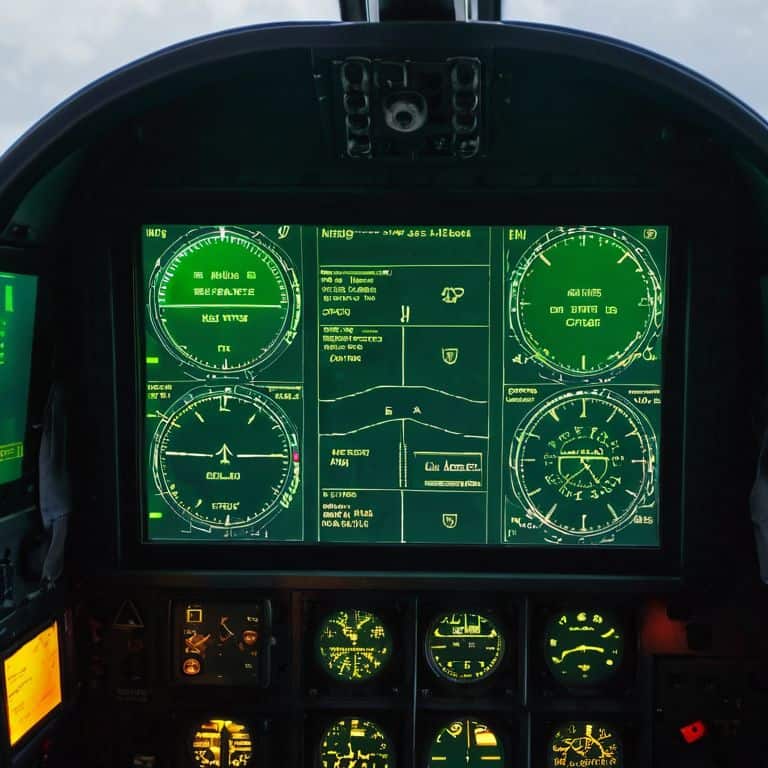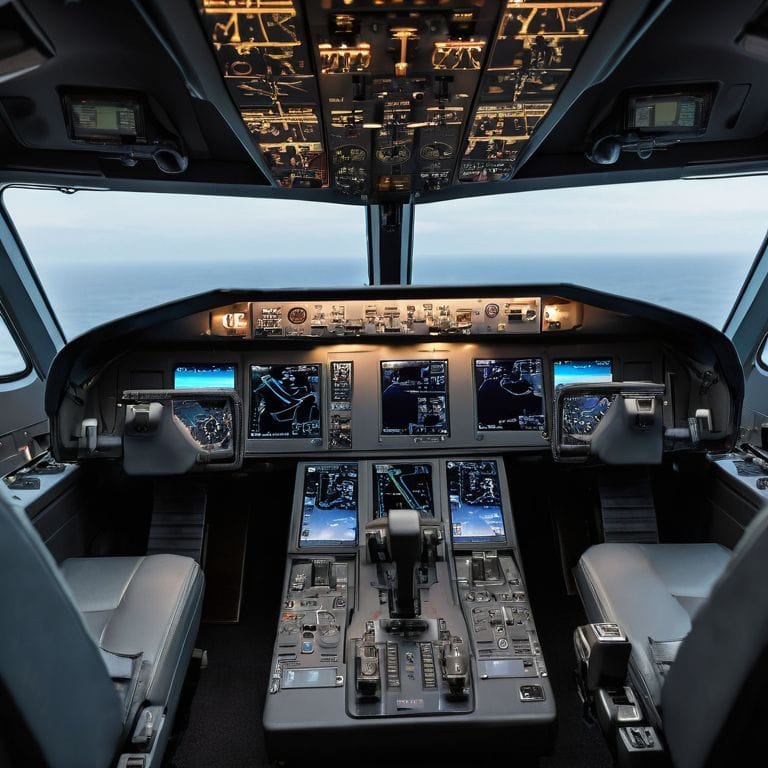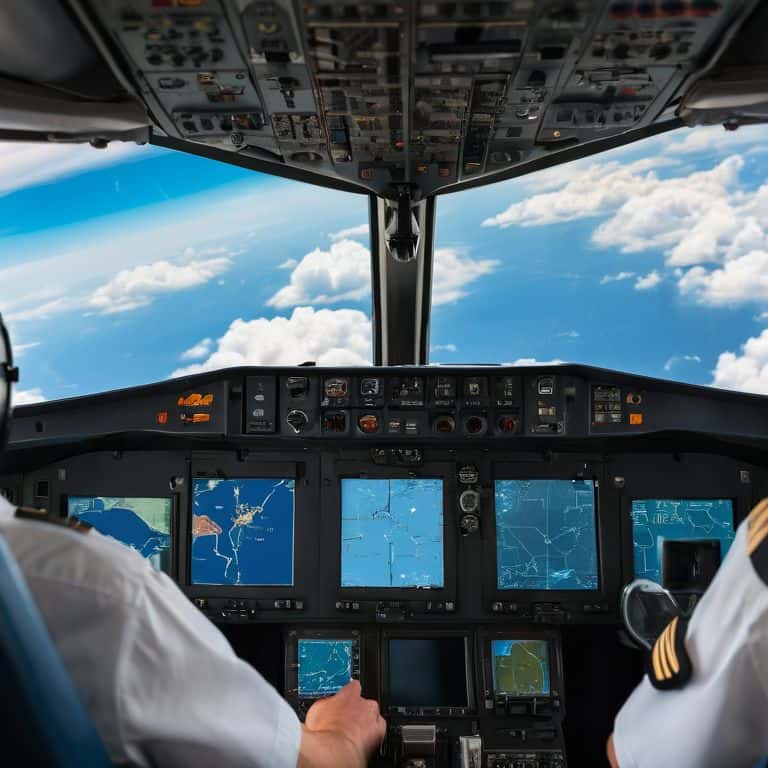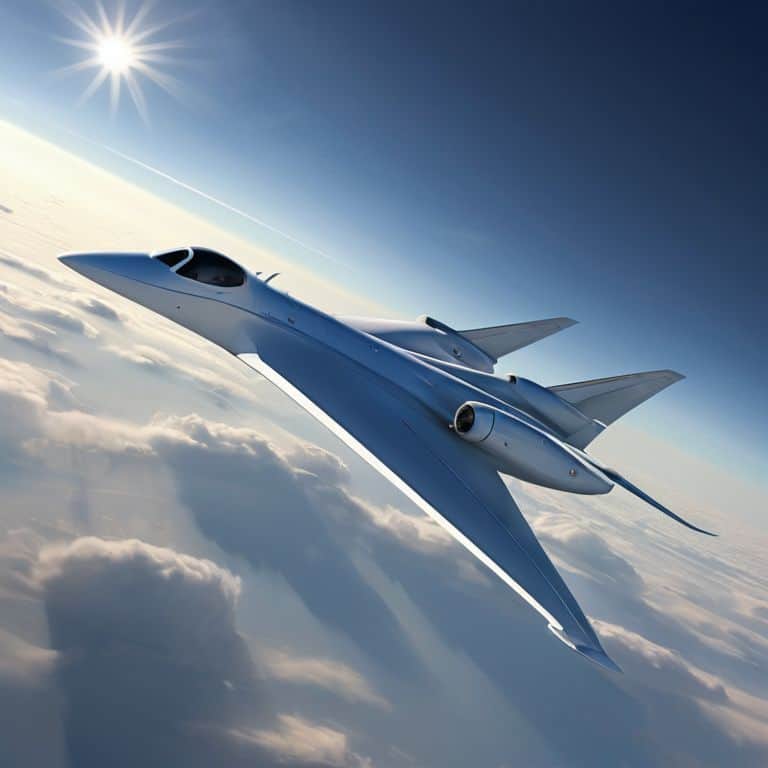I still remember the first time I saw a head-up display (HUD) in action on a flight deck I had designed. It was like a glimpse into the future – a seamless integration of technology and human intuition. But whenever I try to explain what a HUD is to someone outside the aerospace industry, I’m met with a mix of confusion and misconceptions. So, let’s cut through the jargon: what is a head-up display (hud), really? It’s not just a fancy screen or a gimmick, but a game-changer for pilots, providing them with critical information in a way that’s both intuitive and efficient.
As someone who’s spent years designing aircraft and writing about the wonders of flight engineering, I want to share my no-nonsense, experience-based insights on HUDs. In this article, I’ll take you through the nuts and bolts of how HUDs work, and why they’re a crucial component of modern aviation. I’ll explain the principles of HUD design, and how they enhance safety and performance in the cockpit. My goal is to demystify the technology and show you the brilliant science that keeps us safe in the sky. So, if you’re curious about the real magic behind head-up displays, join me on this journey into the world of aerospace engineering, and let’s explore the fascinating world of HUDs together.
Table of Contents
- What Is a Head Up Display Hud
- Revolutionizing Flight With Hud Innovations
- Cockpit Display Systems for Improved Aviation Safety
- Pilot Helmet Mounted Displays and Augmented Reality
- 5 Essential Insights into Head-Up Displays (HUDs)
- Key Takeaways: Unlocking the Power of Head-Up Displays
- Lifting the Fog with Clarity
- Lifting the Fog: A Conclusion on Head-Up Displays
- Frequently Asked Questions
What Is a Head Up Display Hud
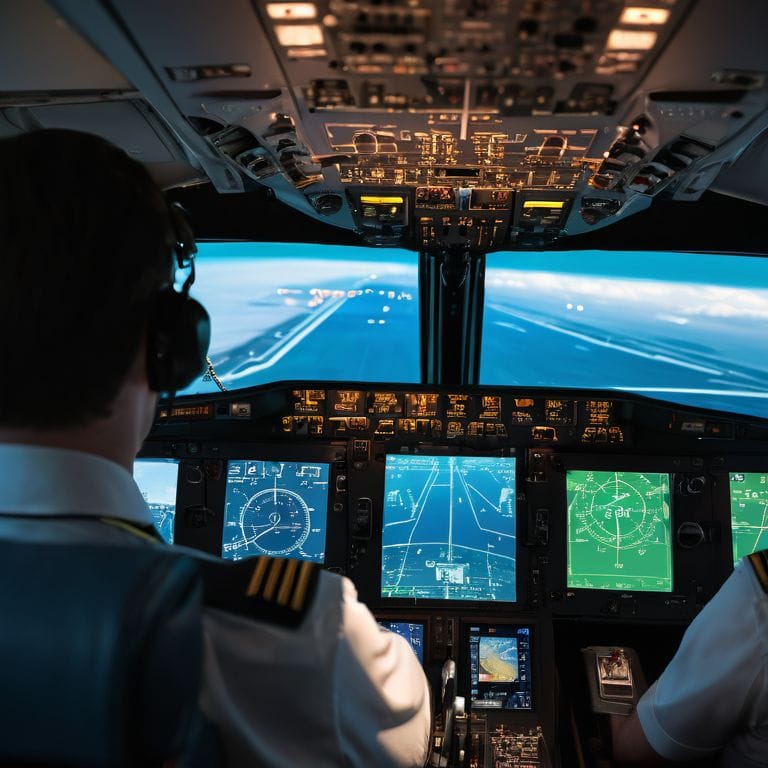
As I delve into the world of aviation safety features, I’m reminded of the crucial role that head-up displays play in modern aircraft. A HUD is essentially a transparent display that presents critical flight information to the pilot, allowing them to keep their eyes on the horizon while still monitoring vital data. This glass cockpit instrumentation has revolutionized the way pilots interact with their aircraft, reducing the need to constantly glance down at traditional instruments.
The concept of HUDs has also influenced the development of hud technology in cars, where drivers can access important information without taking their eyes off the road. However, in the context of aviation, HUDs are far more sophisticated, often incorporating augmented reality displays to provide pilots with a more immersive and intuitive experience. By overlaying digital information onto the real-world environment, pilots can better understand their surroundings and make more informed decisions.
In the cockpit, a well-designed HUD can be a game-changer, particularly when combined with pilot helmet mounted displays. By providing a seamless flow of information, these systems enable pilots to focus on the task at hand, rather than constantly scanning instruments. As someone who’s spent years designing aircraft, I can appreciate the value of cockpit display systems that prioritize clarity and usability, and I’m excited to explore the intricacies of HUD technology further.
Decoding Hud Technology in Cars and Aviation
As I delve into the world of head-up displays, I’m excited to explore how HUD technology has revolutionized the way we interact with our surroundings, whether in the cockpit or on the road. By projecting crucial information onto the windshield, drivers and pilots can stay focused on the task at hand, reducing distractions and increasing reaction times.
In both cars and aviation, the key to effective HUD design lies in intuitive interface creation, where data is presented in a clear, concise manner, allowing users to quickly process and respond to their environment.
Glass Cockpit Instrumentation for Enhanced Safety
As I delve into the world of head-up displays, I’m reminded of the sophisticated systems that power modern aviation. In the context of glass cockpit instrumentation, HUDs play a vital role in enhancing safety by providing pilots with critical information in their line of sight.
The integration of HUDs with other advanced avionics has revolutionized the way pilots interact with their aircraft, allowing for more efficient and safe operation. By projecting essential data onto the windshield, pilots can maintain visual contact with the environment while staying informed about crucial flight parameters.
Revolutionizing Flight With Hud Innovations
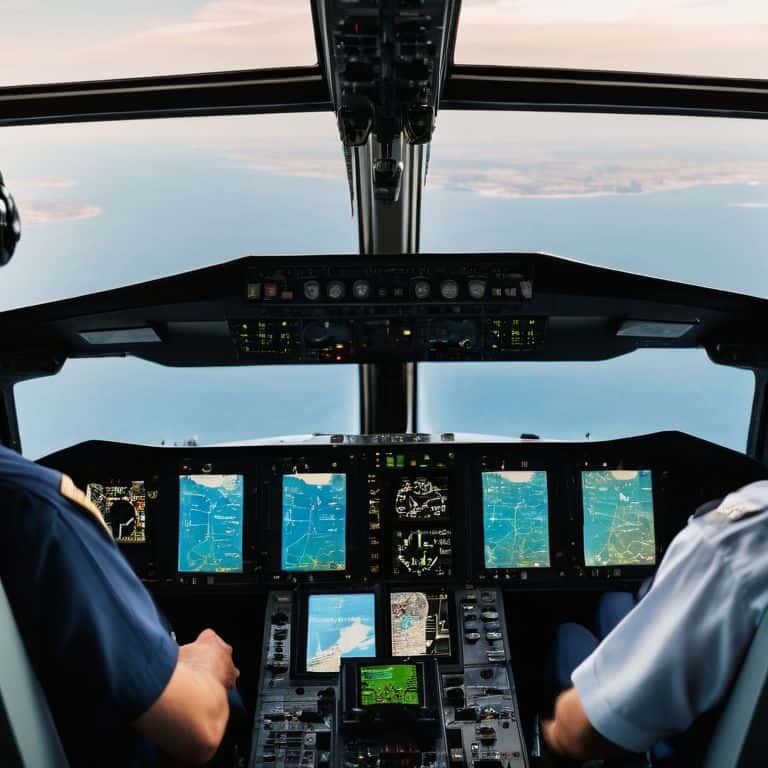
As I delve into the world of hud technology in cars and aviation, I’m reminded of the immense potential for innovation in flight. The integration of augmented reality displays has been a game-changer, enabling pilots to access critical information without diverting their attention from the horizon. This seamless fusion of data and reality has significantly enhanced aviation safety features, allowing pilots to respond more effectively to emergency situations.
The advent of pilot helmet mounted displays has further revolutionized the cockpit experience. By projecting vital information onto the pilot’s visor, these displays minimize the need for instrument panel references, reducing pilot workload and increasing situational awareness. This, in turn, has led to the development of more sophisticated glass cockpit instrumentation, which provides a more intuitive and streamlined interface for pilots to interact with.
In the context of cockpit display systems, the impact of HUD innovations cannot be overstated. By providing pilots with a clear and concise presentation of critical data, these systems have dramatically improved the safety and efficiency of flight operations. As an aerospace engineer, I’m thrilled to see how these advancements are transforming the future of aviation, and I’m eager to explore the next generation of HUD technologies that will continue to push the boundaries of what’s possible in the skies.
Cockpit Display Systems for Improved Aviation Safety
As I delve into the world of cockpit display systems, I’m reminded of the importance of intuitive design in enhancing aviation safety. A well-designed system can significantly reduce pilot workload, allowing them to focus on critical tasks during high-pressure situations. By providing pilots with clear and concise information, these systems play a vital role in preventing accidents and ensuring safe landings.
The implementation of advanced graphics in cockpit display systems has been a game-changer for aviation safety. By presenting complex data in a visually appealing and easy-to-understand format, pilots can quickly respond to changing conditions and make informed decisions. This technology has not only improved safety but also enhanced the overall flying experience, making it more efficient and enjoyable for both pilots and passengers.
Pilot Helmet Mounted Displays and Augmented Reality
As I delve into the realm of pilot helmet mounted displays, I’m reminded of the sophisticated technology that enables pilots to access critical information without diverting their attention from the horizon. These innovative displays project data onto the pilot’s visor, providing a seamless and intuitive interface.
The integration of augmented reality features in these displays is a game-changer, allowing pilots to perceive their surroundings in a more informed and immersive way.
5 Essential Insights into Head-Up Displays (HUDs)
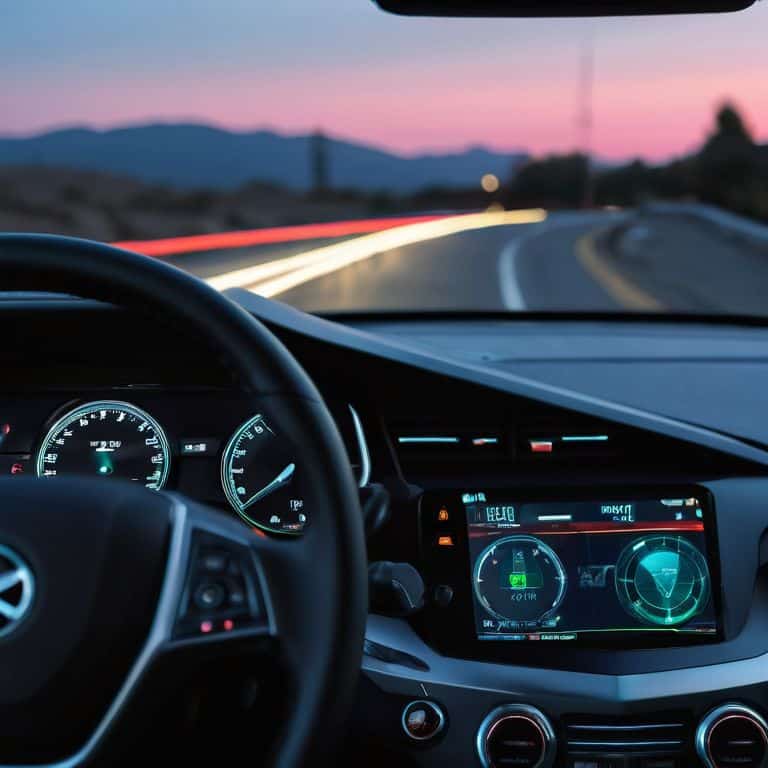
- Understand the Basics: A HUD is a transparent display that presents data in the pilot’s line of sight, reducing the need to look away from the flight path
- Enhanced Situational Awareness: HUDs provide critical flight information, such as altitude, airspeed, and heading, directly in the pilot’s field of view
- Increased Safety: By minimizing the need for pilots to glance at instrument panels, HUDs reduce the risk of accidents caused by distraction or loss of situational awareness
- Advanced Features: Modern HUDs often include features like synthetic vision, terrain awareness, and augmented reality displays, further enhancing pilot awareness and decision-making
- Real-World Applications: HUD technology is used in both military and commercial aviation, as well as in some automotive and even consumer electronics applications, highlighting its versatility and potential for innovation
Key Takeaways: Unlocking the Power of Head-Up Displays
I’ve seen firsthand how Head-Up Displays (HUDs) can revolutionize the flight experience by providing pilots with critical information in a visually convenient manner, enhancing safety and reducing pilot workload
The integration of HUD technology with glass cockpit instrumentation and augmented reality has the potential to further improve aviation safety, and as an aerospace engineer, I’m excited to see where this technology will take us
By understanding the principles and applications of HUDs, we can appreciate the brilliant science that keeps us safe in the sky, and I hope that my explanation of this complex technology has inspired a sense of wonder and awe for the engineering that goes into creating these incredible systems
Lifting the Fog with Clarity
A head-up display is not just a technological marvel, but a testament to human ingenuity – where the fusion of innovation and necessity gives birth to a tool that simplifies the complex, making the invisible visible to the human eye, and in doing so, redefines the boundaries of safety and efficiency in flight.
Simon Foster
Lifting the Fog: A Conclusion on Head-Up Displays
As we’ve explored the world of Head-Up Displays (HUDs), it’s clear that these innovative systems are revolutionizing the way we interact with complex information in real-time. From their origins in military aviation to their current applications in commercial aircraft and even cars, HUDs have come a long way. We’ve delved into the decoding of HUD technology, understanding how it enhances safety and efficiency in both automotive and aviation contexts. The integration of HUDs with glass cockpit instrumentation has been a significant leap forward, providing pilots with critical data without diverting their attention from the horizon.
As we look to the future, it’s exciting to consider the potential of HUDs in augmented reality and cockpit display systems. These advancements not only improve aviation safety but also inspire a new generation of engineers and pilots. The science behind HUDs is a testament to human ingenuity and the relentless pursuit of innovation. As someone who’s spent their career designing aircraft, I can attest that the magic of flight is not just in the mystery, but in the mechanics and the brilliant minds that make it possible. So, let’s continue to lift the fog and reveal the wonders of flight engineering to the world.
Frequently Asked Questions
How does a head-up display project information onto the windshield or cockpit screen?
To project information, a head-up display uses a combination of lasers, LEDs, or CRTs to generate images, which are then reflected off a beam splitter or a semi-transparent mirror onto the windshield or cockpit screen, creating a virtual image that appears to float in space, enhancing pilot situational awareness.
What are the key benefits of using a head-up display in aviation compared to traditional instrument panels?
In aviation, head-up displays offer several key benefits over traditional instrument panels, including reduced pilot workload, enhanced situational awareness, and improved safety through eyes-on-the-horizon flying, allowing pilots to focus on the flight path while still receiving critical information.
Can head-up displays be used in other industries beyond aviation and automotive, such as healthcare or gaming?
Absolutely, HUDs can be applied beyond aviation and automotive. In healthcare, for instance, surgeons can utilize HUDs for real-time patient data, while in gaming, they can enhance immersion with virtual overlays, much like the augmented reality displays I’ve seen in cutting-edge flight decks.
